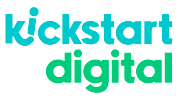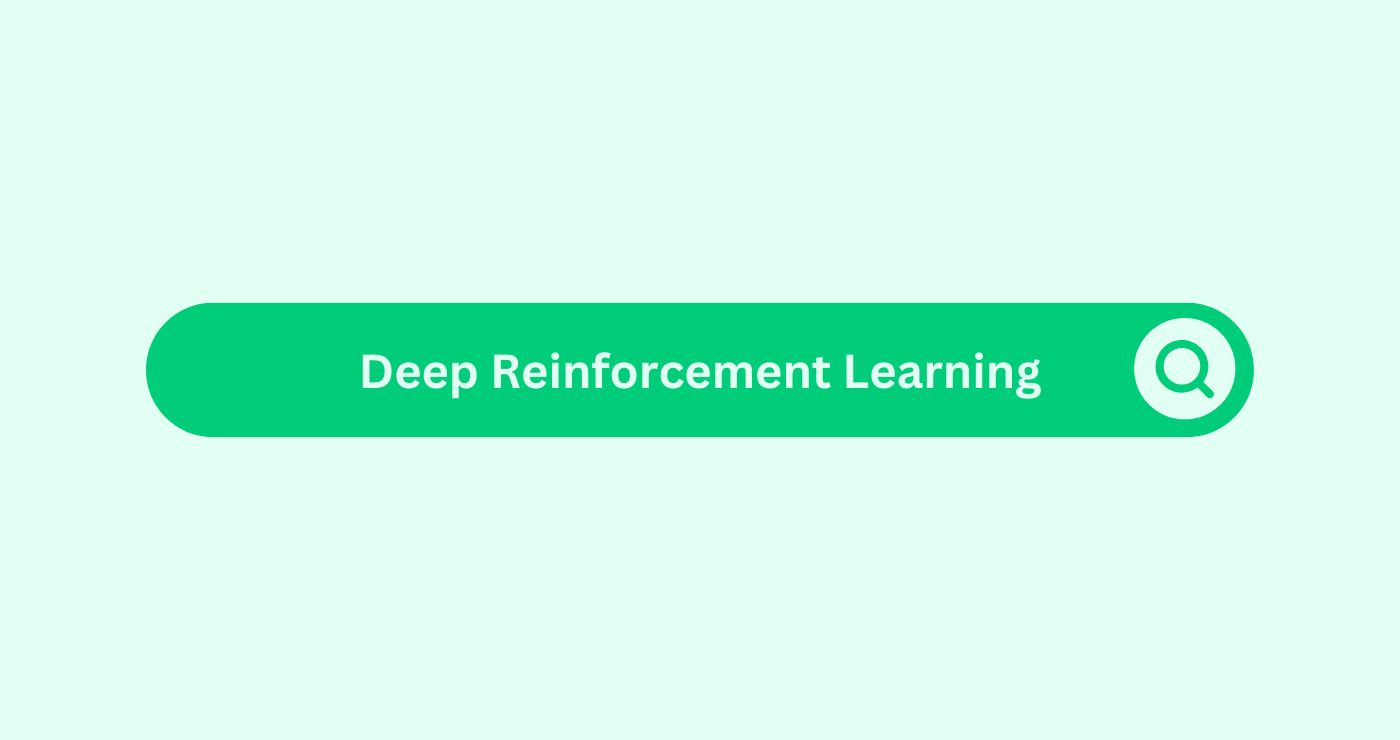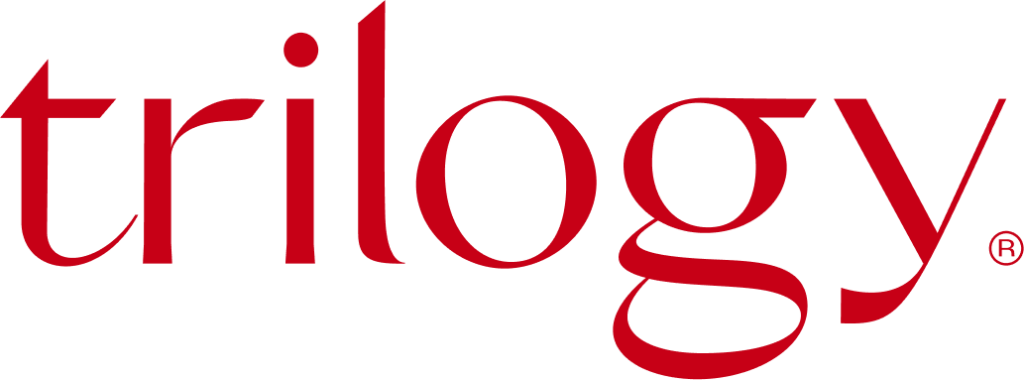Definition:
Deep Reinforcement Learning (DRL) in AI Terms in Content MarketingDefinition Content marketing strategically creates and share... is an advanced machine learning technique that combines deep learningDefinition Deep Learning in AI terms refers to a subset of m... with trial-and-error feedback to train models that make content or campaignDefinition An SEO campaign involves focused, Organised effor... decisions dynamically. Unlike traditional rule-based systems, DRL learns from interaction—adjusting strategies in real time based on performance outcomes.
A performance marketing agency may use DRL to personalise ad sequencing based on user interaction data. An SEO company could apply DRL to continuously optimise internal linkingWhat is Internal linking? Internal linking refers to the pra... structures based on visitor flows. A digital marketing Auckland team might deploy DRL to manage real-time bidding in programmatic campaigns, learning which placements yield the highest conversions.
Deep Reinforcement Learning excels in dynamic contentDefinition Dynamic Content refers to web content that change... environments where the system must adapt continuously to shifting audienceDefinition The term "Audience" refers to the group of indivi... behaviours, search intent, or platform trends.
Example
Imagine a performance marketing agency building an AI agent to choose which headline, CTA, and image combination performs best on landing pagesDefinition Landing pages are standalone web pages specifical.... The DRL model tests combinations in live trafficDefinition In the context of SEO (Search Engine Optimisation... environments. Based on the results—measured by bounce rateDefinition Bounce Rate in social media marketing refers to t..., scroll depthDefinition Scroll depth, in the context of SEO, measures how..., and conversions—the model learns and adjusts.
After 500 interactions, it learns that for mobile users from Auckland, a short headline + bright CTA + social proof image leads to higher form submissions. Over time, it fine-tunes combinations per segment and increases conversionDefinition In the realm of SEO, Conversion refers to the pro... rates by 37%.
This is not guesswork—DRL learns and evolves directly from user feedback without predefined rules.
Formulas & MetricsWhat are Metrics in the context of SEO? Metrics in SEO refer... in Deep Reinforcement Learning
Key elements in DRL-driven marketing content optimisation include rewards, actions, and policies:
| Metric/Concept | Formula or Explanation | Example Output |
|---|---|---|
| Reward Signal (R) | Positive or negative score based on result | +1 for conversionDefinition In the realm of SEO, Conversion refers to the pro..., –1 for bounce |
| State (S) | Snapshot of current user context (device, location, time) | S = {mobile, Auckland, 3:45pm} |
| Action (A) | Content variation shown | A = CTA text: “Start Free Trial” |
| Policy (π) | AI strategy for selecting next action | π(S) = A that maximises expected R |
| Q-Value | Expected reward from taking action A in state S | Q(S,A) = 0.78 (high expected result) |
These core values help SEO companies and digital marketers make smarter content or bidding decisions that evolve over time.
5 Key Takeaways
- Deep Reinforcement Learning helps marketing AI learn optimal strategies from user behaviourDefinition What is User Behaviour in Social Media Marketing?... feedback.
- DRL replaces static testing with dynamic experimentation and real-time adjustments.
- Performance marketing agencies use DRL to optimise ad deliveryDefinition Google Ads delivers ads to potential customers. G..., leadDefinition A Lead in the context of SEO refers to a potentia... flow, and audienceDefinition The term "Audience" refers to the group of indivi... engagementDefinition Engagement in content marketing refers to the deg....
- SEO companies can deploy DRL to improve content structures or SERP targeting over time.
- DRL adapts continuously, allowing content strategies to evolve alongside audienceDefinition The term "Audience" refers to the group of indivi... behaviour shifts.
FAQs
How is DRL different from A/B testing?
DRL goes beyond fixed comparisons—it continuously tests and learns from ongoing data to improve actions.
What content marketing areas benefit most from DRL?
Dynamic environments like ad optimisation, email sequences, and landing page design benefit greatly.
Can DRL be applied to SEO strategies?
Yes. DRL can optimise on-page elements, link structures, and content updates based on evolving search behaviour.
Does DRL require a lot of data?
It works best with high interaction volumes but can also be pre-trained using simulated environments.
Is it suitable for small teams?
Yes—many tools now offer low-code DRL integrations for agencies without large AI teams.




